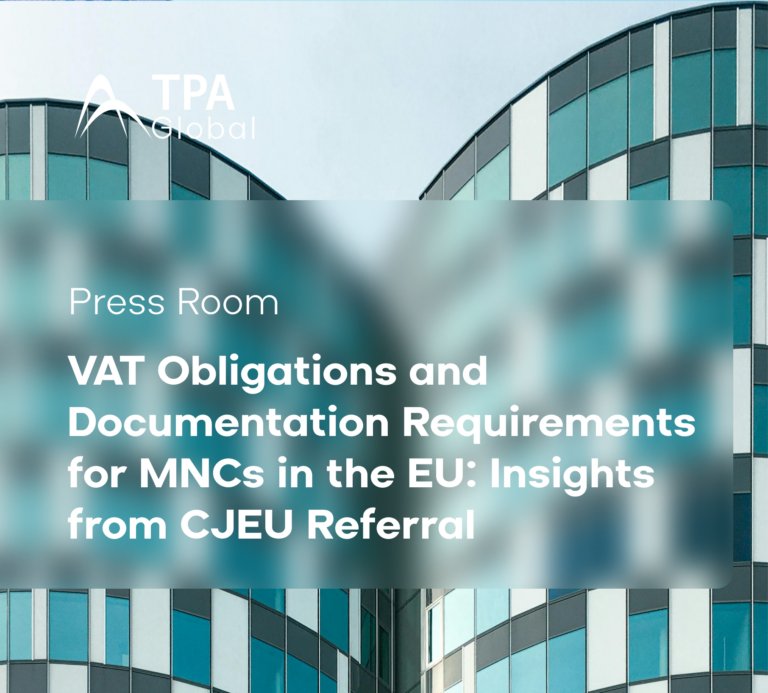Introduction
On October 4, 2023, Romania took a significant step in tax reform by initiating a public consultation on a draft bill to adopt the OECD’s Pillar Two Model Rules in accordance with the EU Minimum Tax Directive. This legislative proposal, if passed, will have profound implications for multinational corporations operating within Romania’s borders. In this article, we look into the key aspects of this proposal and its potential impact on businesses and investors.
Effective Dates and Scope
The proposed legislation is set to become effective for financial years beginning on or after December 31, 2023, aligning itself with the broader international efforts to curtail aggressive tax planning. The Minimum Tax Rules consist of the Income Inclusion Rule (IIR), the Undertaxed Payment Rule (UTPR), and the Dispute Resolution Mechanism (DMTT). While IIR and UTPR will generally apply from December 31, 2024, there is a notable exception. If the Ultimate Parent Entity (UPE) of a multinational group is situated in an EU Member State that has opted for a deferral under Article 50 of the Directive, the UTPR will come into effect as early as December 31, 2023. This exception highlights Romania’s commitment to implementing international tax standards swiftly.
Safe Harbors
The draft bill incorporates two significant safe harbor provisions. First, it codifies the transitional Country-by-Country (CbyC) Reporting Safe Harbor, ensuring that multinationals are provided with some degree of certainty during the transition period. Second, it introduces a significant provision regarding the Undertaxed Payment Rule (UTPR). This provision states that the Income Inclusion Rule (IIR) and UTPR’s Top-up Tax can be considered zero in Romania for tax purposes, subject to certain conditions, when another jurisdiction applies a Qualified Domestic Mismatch Tax (QDMTT). This safe harbor offers a measure of predictability for multinational entities.
Additional OECD Guidance
To ensure the local legislation aligns with international standards, the draft bill references the OECD Commentary and the OECD Administrative Guidance. This demonstrates Romania’s commitment to global cooperation and harmonization of tax rules. It also provides tax professionals and investors with valuable resources for interpreting and complying with the proposed legislation.
Administrative Requirements
The proposed legislation introduces stringent administrative requirements, ensuring proper implementation and enforcement. Each Constituent Entity of a multinational group will be mandated to file a Group Interest Report (GIR) within 15 months after the end of the Reporting Fiscal Year (18 months for the transitional year). Compliance with these deadlines is crucial, as any top-up tax owed must be declared and paid within the same timeframe. Failure to adhere to these requirements may lead to penalties.
Penalties
Penalties for non-compliance are an essential component of the legislative proposal. The penalty scheme outlined in the existing Romanian tax procedural law will apply to taxpayers who fail to meet the administrative requirements. These penalties are designed to incentivize adherence to the regulations, ensuring a level playing field for all businesses operating within Romania.
Conclusion
Romania’s legislative proposal to implement minimum taxation under Pillar Two is a significant step towards international tax reform and harmonization. With effective dates, safe harbors, reference to international guidance, stringent administrative requirements, and penalties for non-compliance, this proposal aims to create a fairer tax environment for both domestic and multinational corporations. Tax professionals and investors keen on understanding and navigating these changes should closely monitor the progress of this legislation. This represents an opportunity for businesses to align their tax strategies with the evolving global tax landscape while ensuring compliance with Romania’s new tax rules.
To keep updated on news, visit our Global News Page.
Don’t miss our most recent updates and articles; follow us on LinkedIn.



